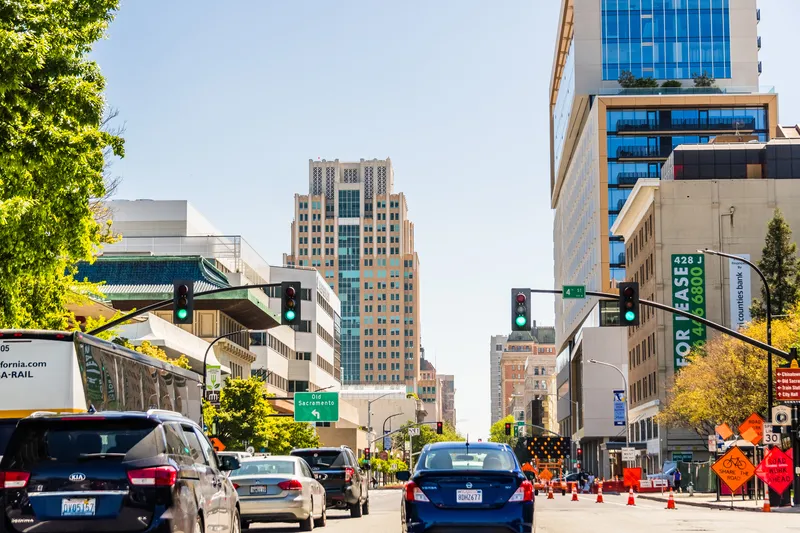Nexcom is highlighting how a bus agency in Asia is using the Nexcom VMC 3001 to provide real-time schedule and arrival information to riders at its booth at ITS America San Jose. The solution acquires vehicle telematics data from buses in the field and feeds the information to stations around the city. The data also provides valuable insight into operations, allowing the agency to make decisions quickly and efficiently in real time.
June 14, 2016
Read time: 1 min

In addition, the VMC 3001 monitors the health of vehicles, flagging problems for maintenance before they lead to major issues, and includes a video monitoring system that records all activities on each bus.










